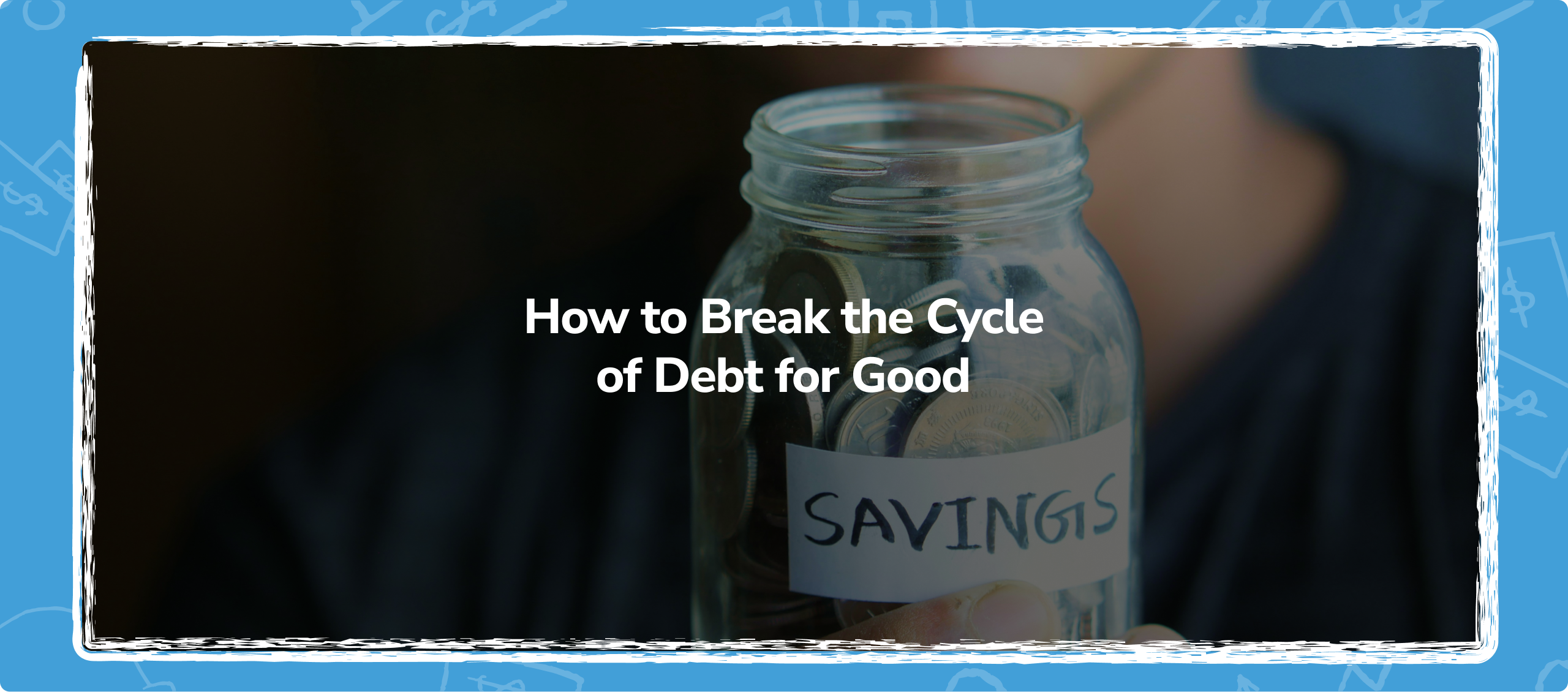Debt settlement is just the first step in your financial recovery. To ensure you never fall back into debt, you need a plan for long-term financial health.
1. Build an Emergency Fund
Unexpected expenses often lead to debt. Start by saving at least $500 and gradually build up to three to six months’ worth of expenses. Keep your emergency fund in a separate, easy-to-access account so you don’t accidentally spend it.

2. Live Below Your Means
Adjusting your lifestyle to spend less than you earn is key. Cook at home, shop for discounts, and cut unnecessary expenses. If you received a raise or extra income, use it to save instead of increasing your lifestyle costs.
3. Use Cash or Debit Instead of Credit
Credit cards make it easy to overspend. Switch to cash or debit to keep your budget under control. If you must use a credit card, treat it like cash—only charge what you can afford to pay off immediately.
4. Automate Savings and Bills
Set up automatic transfers to savings and schedule bill payments to avoid late fees and overspending. This helps ensure you’re always saving and meeting obligations without worrying about missing deadlines.
5. Set Financial Goals
Whether it's buying a home, starting a business, or retiring early, having financial goals will keep you motivated to stay debt-free. Break big goals into smaller steps and track your progress regularly.
.png)
Kim Wasielewski
Kim W. is a debt relief professional helping consumers navigate financial challenges. She is passionate about making money matters easier to understand and believes everyone deserves a fresh financial start.
